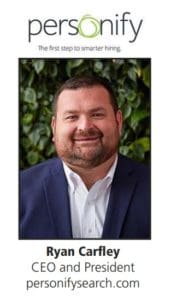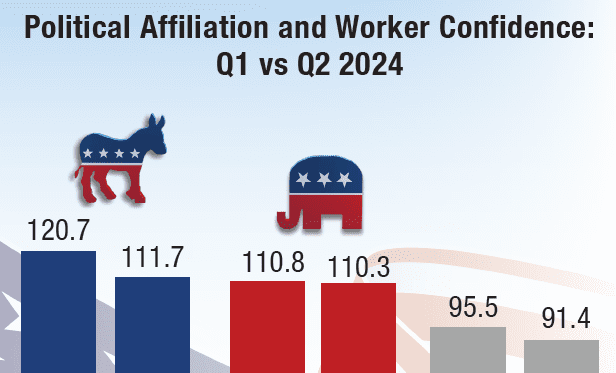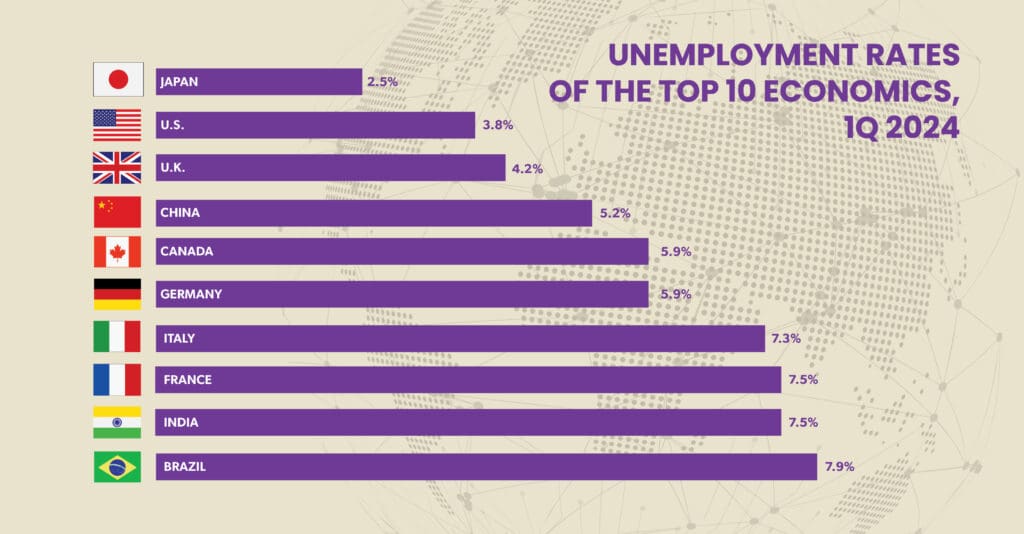A proactive recruiting approach allows organizations to get ahead in a tight talent landscape.
In a candidate-driven market, organizations will not be able to win top talent using a reactive recruiting model. Instead, steady-state recruitment can provide the best candidates faster and for less overall investment. Here, Ryan Carfley, CEO and president of Personify, shares the building blocks and benefits to steady-state recruitment.
 Q: What is a steady-state of recruitment approach?
Q: What is a steady-state of recruitment approach?
A: Steady-state recruitment means shifting your talent acquisition strategy from a reactive, antiquated recruitment model to a proactive, forward-thinking talent access strategy. Steady-state recruitment uses an omnichannel approach, leveraging social and professional media (both paid and organic), digital outreach, and comprehensive search, to enable a consistent and constant state of recruitment 24/7/365. This recruitment model replaces reactive hiring methods that often come with long cycle times, slow approval processes, and “post-and-pray” recruitment tactics. Instead, organizations benefit from ongoing passive sourcing, continuous applicant processing, ATS data mining, proactive digital outreach, talent community development, candidate engagement, and pipelining “ready now” talent before the actual need.
Q: What are its advantages in a tight talent market?
A: Steady-state recruitment models drive improvements in a talent acquisition program’s three most critical facets.
- Speed. Proactively recruiting means developing and engaging a bench of “ready now” talent so talent acquisition leaders don’t have to start recruiting from scratch with each new requisition. This reduces KPIs like time-to-source and time-to-fill.
- Quality. By maintaining talent pools with passive candidates, steady-state recruitment allows employers to see the best people in the entire market on every search, not just the best applicants, which improves candidate quality.
- Cost. This approach lowers costs overtime compared to reactive models by reducing “empty seat” time, allowing business operations to perform at full capacity, preventing inefficiencies and revenue losses. At Personify, it’s not uncommon for our talent advisors to join intake calls with a slate of candidates to either benchmark or insert into the hiring process on day one.
Q: What are some best practices to this strategy?
A: Steady-state recruitment starts with a shift in your recruitment mindset from reactive to proactive. Organizations need solid digital capabilities to scale recruitment activities and a robust, comprehensive search capability to reach beyond applicants into the passive market. And, of course, you need excellent database management skills and processes to maintain and act on all the recruitment data collected.
But one critical and often overlooked element is a clearly defined employer brand and employee value proposition. Today’s job seekers are more informed and interested in what you do, how, and why you do it than ever before. Candidates seek organizations that share their values and demonstrate them through employment policies, benefits, and culture. Communicating your value proposition in an ongoing manner is critical to successfully implementing a steady-state recruitment strategy.
Recruiting in a competitive labor market without a strong employer brand is like going to war without a weapon. The US BLS reported 10.4 million open jobs in August: the second-most ever. It noted the number of August “quits” rose to 4.3 million: an all-time high. To win the war for talent in a market this competitive, a strong employer brand is essential.
Powerful employer brands help attract, retain, and engage employees by communicating why your organization is a great place to work and how it’s different. Strong employer brands create talent acquisition efficiencies by attracting talent who buy into what you do and how you do it. And when the people you recruit buy-in and engage with your mission, culture, and values, they are more likely to stay with you, which reduces churn and lowers overall requisition volumes. In a highly competitive or labor-deplete market, a strong employer brand is a huge competitive advantage you cannot afford to be without.














